Tooling and decoration of the gold leaf
Artists' Techniques
The burnished gold leaf, applied over a chalk ground, was incised with lines and dots. Additionally, on fol. 2v, spirals were painted over the gold with an arsenic sulphide yellow pigment, possibly orpiment. On fol. 3r the spirals were created with shell gold instead and the surface was further embellished with a pattern of azurite blue fleurs-de-lis.
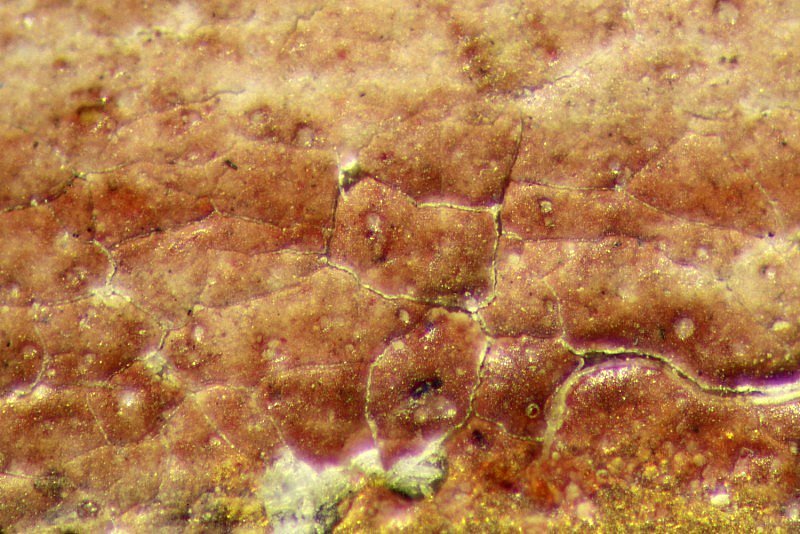
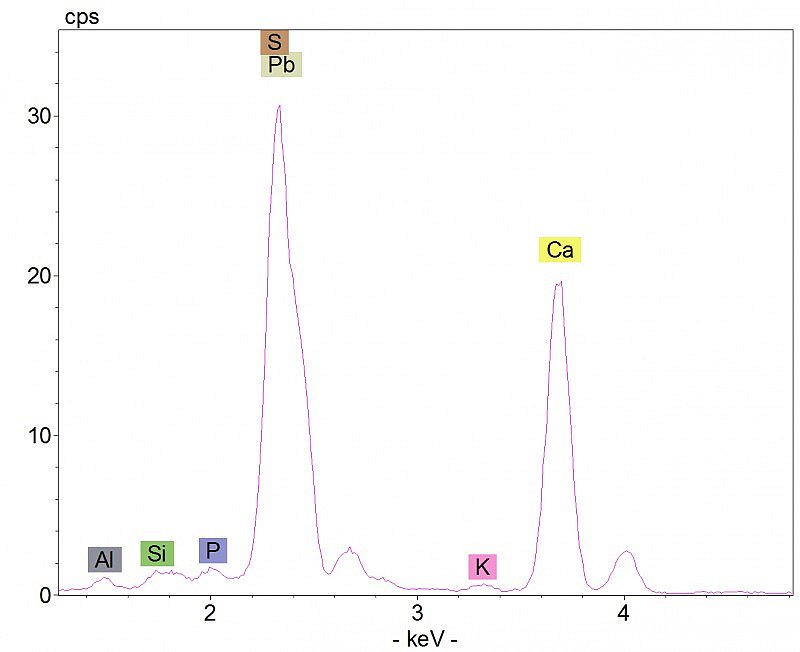
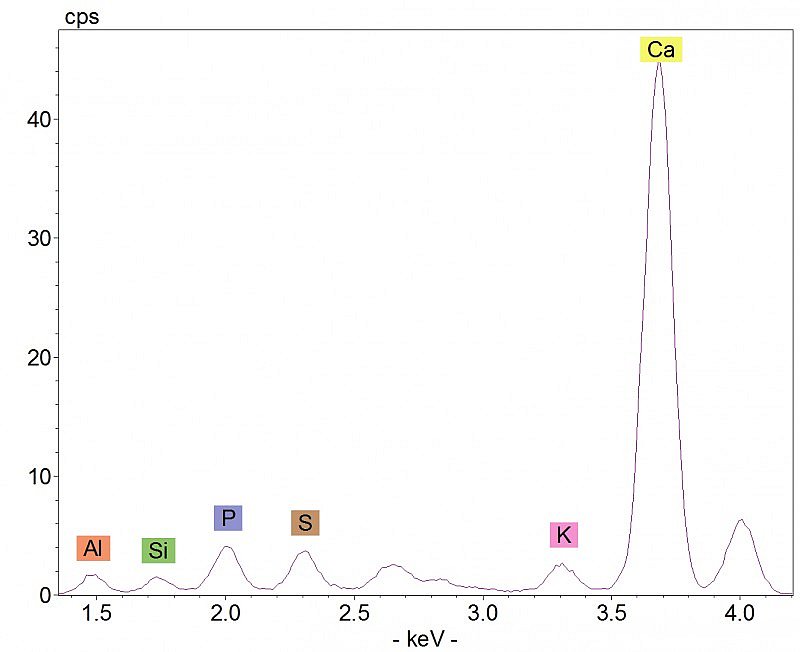
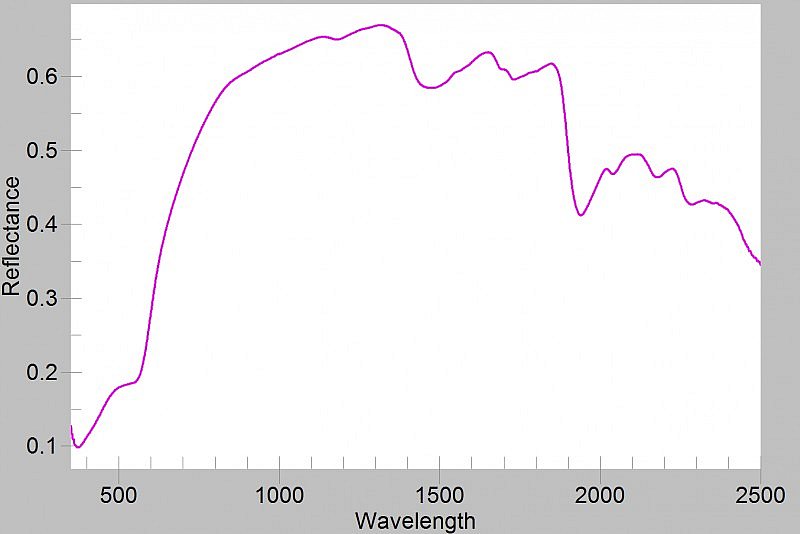
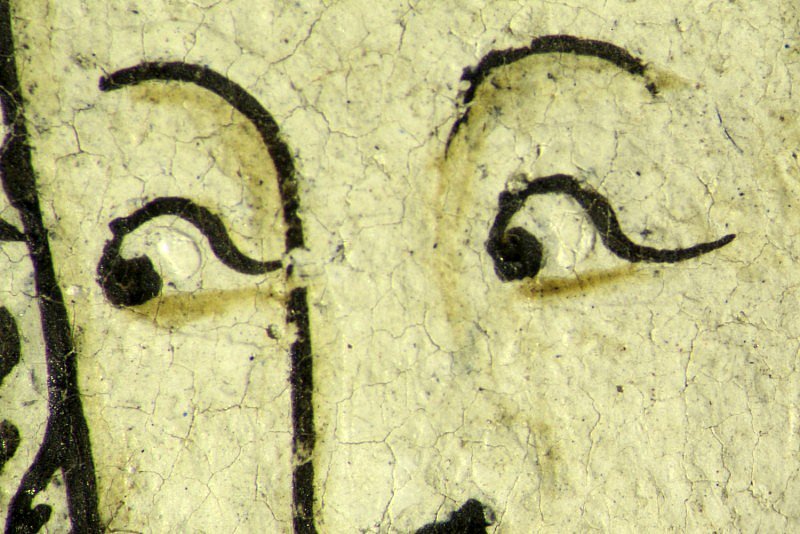
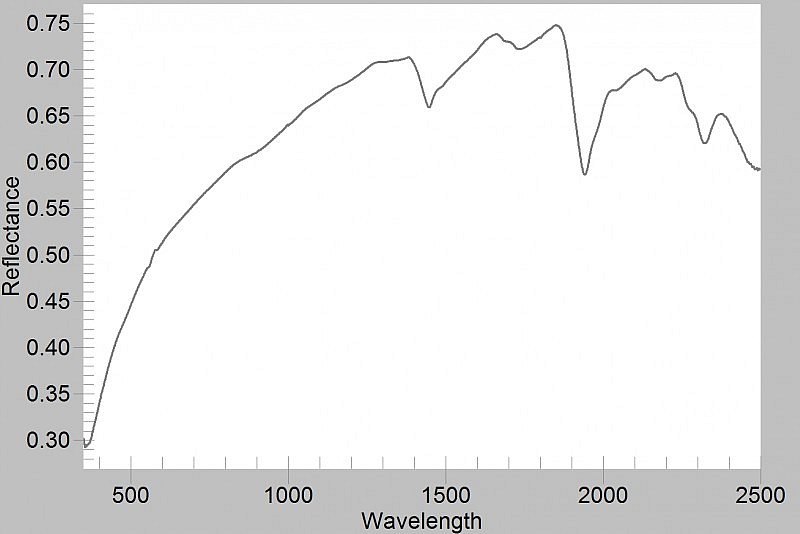
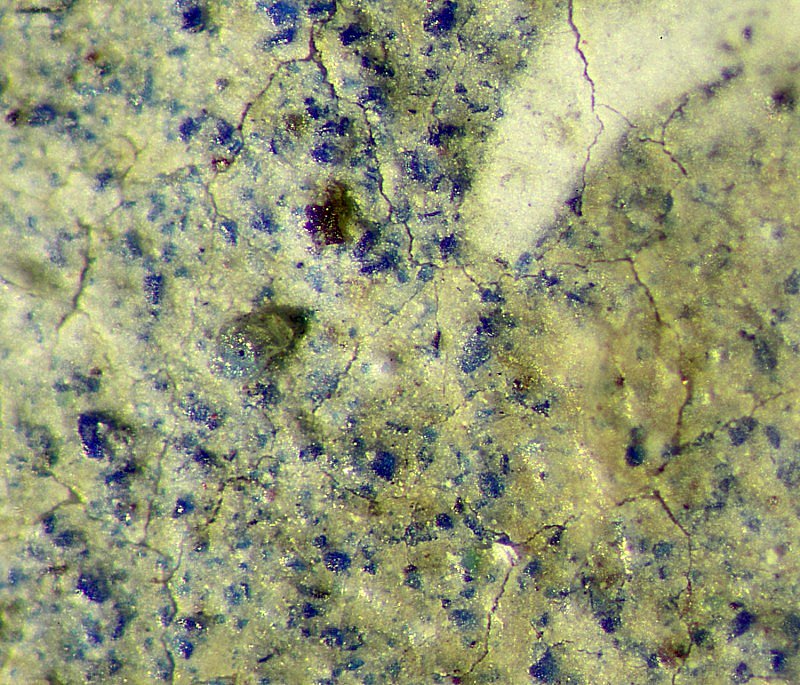
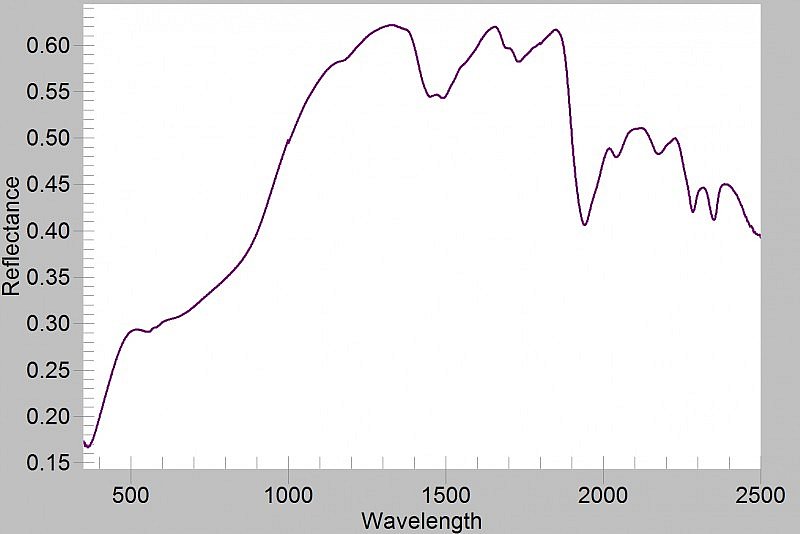
.jpg)
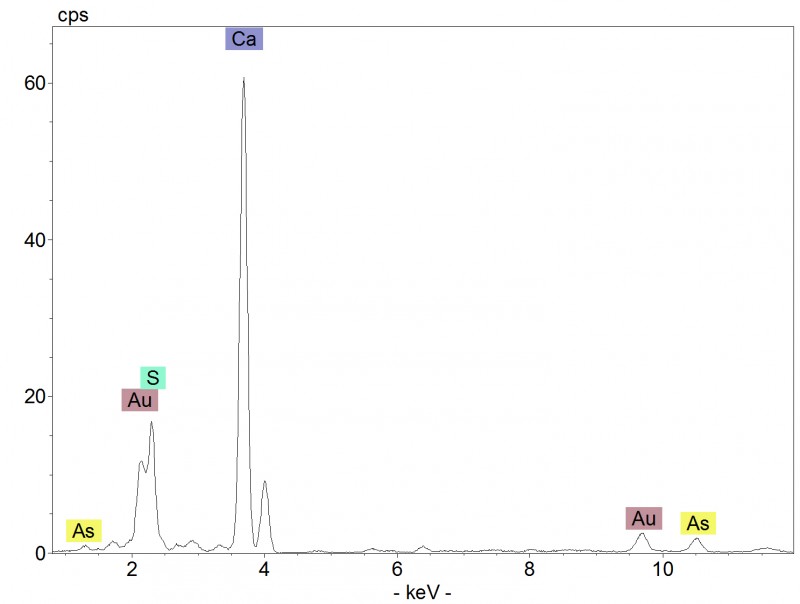
Annunciation with John de Pabenham and Joan Clifford kneeling in the lower margin (Hours of the Virgin)
Underdrawing for the draperies is visible in the infrared image, as well as through the semi-transparent paint used in the Virgin’s pink mantle. This garment was painted with a mixture of an insect-based red dye, lead white and gypsum (hotspot 1), while Gabriel’s dark pink tunic contains a red dye mixed with chalk (hotspot 2). Gabriel’s blue-grey wings contain azurite blue and small quantities of an organic red, as can be seen under magnification (hotspot 4). The tooled gold leaf in the background was additionally decorated by painting a pattern of spirals with an arsenic sulphide yellow pigment, likely orpiment (hotspot 5).
